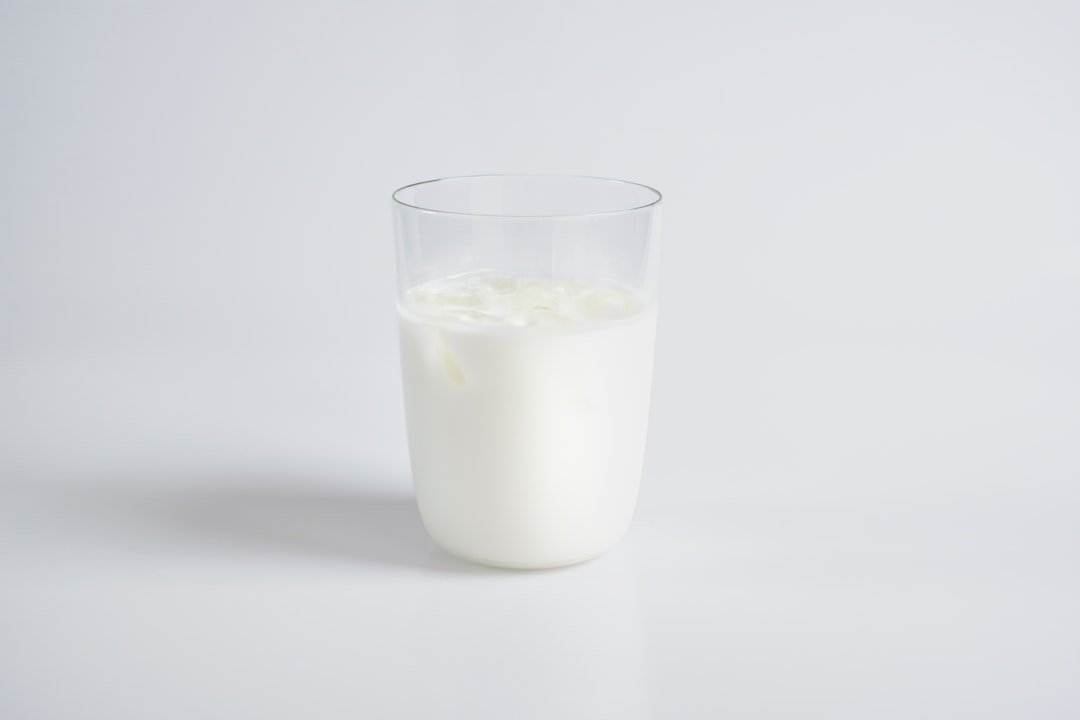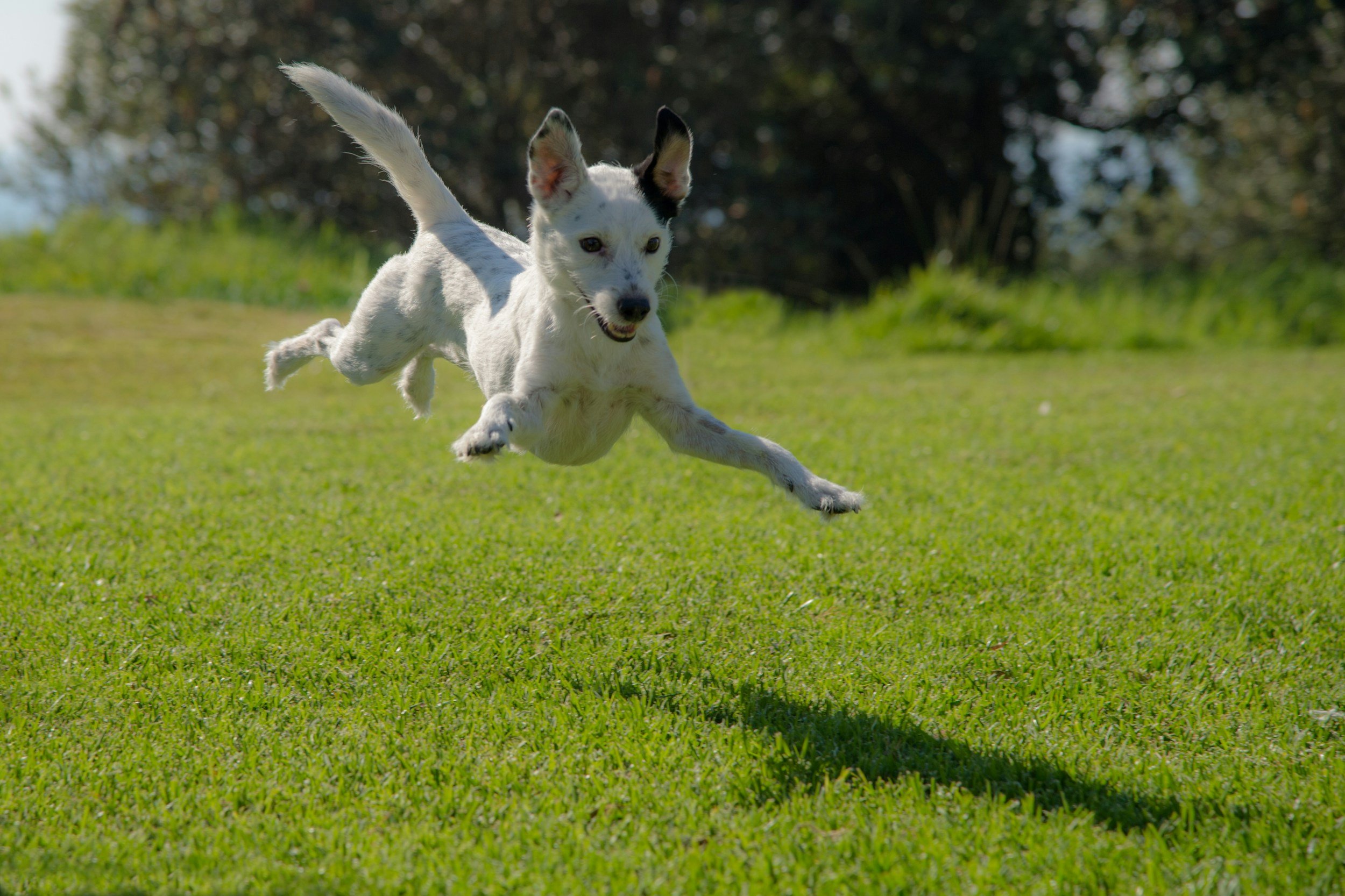Lactose-Free Dog Milk: A Simple, Daily Upgrade for Gut Comfort and Steady Energy
Why lactose-free matters for dogs
Most adult dogs produce little lactase. Standard cow’s milk can cause gas, loose stools, or discomfort. Lactose-free dog milk avoids that issue. It delivers hydration and nutrients without the digestive drama. For picky eaters, seniors, and pets in recovery, this can be a practical, gentle daily upgrade.
What to look for on the label
Choose simple, clear inputs with good absorption:
Lactose-free statement for easy digestion.
Hydrolysed protein (pre-digested peptides) for fast uptake.
Prebiotic support (e.g., GOS) to nourish friendly gut bacteria.
Essential vitamins & minerals to support daily vitality.
Human-grade, Australian-made, no artificial colours, flavours, or preservatives.
Clean labels reduce irritants and make results more predictable.
When a lactose-free dog drink helps
Fussy appetites: a tasty mix-with-water drink encourages intake.
Seniors: easy calories and protein when chewing is slower.
Post-illness / post-op: gentle nutrition during recovery.
Busy weeks or hot weather: simple way to top up fluids and nutrients.
Sensitive tummies: avoids lactose load that can unsettle the gut.
Protein quality and bioavailability
Hydrolysed protein is broken into small peptides. Dogs absorb it quickly through specialised peptide transporters in the gut. That means efficient delivery for muscle repair, immune function, and daily energy. Pairing protein with a prebiotic base supports stool quality and a calmer tummy.
Drink or meal topper? Do what your dog prefers
Mix-with-water drink: fast, hydrating, easy for seniors and post-op pets.
Meal-topper powder: sprinkle and stir; great for picky eaters.
Both formats let you dose by body weight, which keeps results consistent.
Everyday routine (simple plan)
Dose once daily by weight (follow the label).
Offer fresh water; mild dehydration unsettles the gut.
Keep the base diet steady for two weeks while you assess.
Track a few markers: stool quality, appetite, energy, coat feel.
Timeline: what to expect
Days 1–3: better acceptance of meals; gentler digestion.
Week 1–2: more consistent stools; brighter energy on walks.
Ongoing: steady appetite and easier weight maintenance with measured portions.
Common mistakes (and quick fixes)
Using regular milk: many dogs react to lactose → swap to lactose-free.
Guessing the dose: under- or over-serving blunts results → measure by weight.
Stopping early: gut routines need time → give 2–4 weeks before judging.
Adding too many changes at once: adjust one thing at a time so you can see the effect.
Safety note: when to speak with your vet
See your vet if you notice blood in stools, ongoing vomiting, pain, sudden weight loss, or persistent diarrhoea. Nutrition supports care; some cases need diagnostics or targeted diets.
The InnoVet option: Health Boost+ (Lactose-Free Daily Drink or Meal Topper)
Health Boost+ is a human-grade, Australian-made, lactose-free supplement for dogs (and cats). It supports gut comfort and daily vitality with:
Hydrolysed protein for fast, gentle digestion
Prebiotic GOS for a balanced microbiome
Essential vitamins & minerals for steady energy
Flexible format: mix with water or use as a meal topper
Use daily, dose by weight, and review progress after 2–4 weeks.
FAQs: Lactose-Free Dog Milk
Is lactose-free dog milk safe every day?
Yes, when you follow the label. It’s a gentle way to add protein, fluids, and micronutrients.
Can I give this to puppies or seniors?
Yes. Dose by weight. It’s especially useful for seniors and for periods of recovery.
Will this replace my dog’s food?
No. It complements a complete diet. Keep meals consistent for best results.
What if my dog is a fussy eater?
Start as a meal topper. Once accepted, try the mix-with-water drink.
How long until I see results?
Many owners notice better appetite and stool quality within 1–2 weeks.
Key takeaways
Many dogs struggle with lactose; lactose-free is the safer daily choice.
Hydrolysed protein and prebiotics support digestion and energy.
Dose by weight, stay consistent for 2–4 weeks, and track simple markers.
Choose human-grade, Australian-made products with clean labels.









